The U.S. political scene has been a chaotic mess of shifting parties since the dawn of time—well, the late 18th century to be exact. First, you had the Federalists and Democratic-Republicans bickering about power. Fast forward, and the Jacksonian Democrats and Whigs hit the stage to throw punches. Then, boom! The Civil War revamped everything, paving the way for the still-dominant Republicans. And now? It's a blend of all that drama. Stick around to find out how this circus continues to evolve.
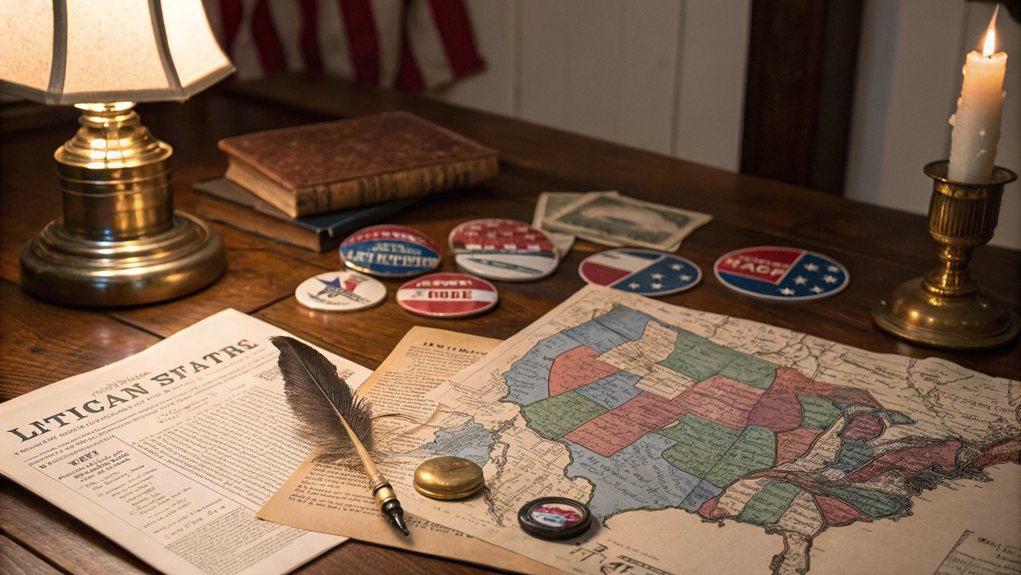
The major political parties in the United States have undergone a wild transformation over the centuries, and it all started with a couple of factions arguing over how much power the federal government should have.
Enter the Federalists and the Democratic-Republicans. The Federalists wanted a strong central government. The Democratic-Republicans? Not so much. They were all about keeping the federal power in check. This was just the beginning.
The clash between Federalists and Democratic-Republicans set the stage for America's political evolution, balancing federal power with states' rights.
Fast forward to the Era of Good Feelings. Sounds nice, right? It was a brief moment of minimal partisanship under James Monroe between 1816 and 1824. But don't get too comfy. The Federalists faded away, and the Democratic-Republicans split.
Cue the Jacksonian Democrats, who came storming in under Andrew Jackson, waving flags for individual rights and state rights. Meanwhile, the Whig Party emerged, formed by those who were not fans of Jackson. They wanted modernization, while the Democrats were busy opposing banks and high tariffs.
Then came the Second Party System. Democrats versus Whigs! It was a showdown. Populism took center stage, thanks to Jackson's presidency, while the Whigs pushed for economic development. The election outcomes? Democrats took home several wins.
Things shifted again with the Third Party System. Enter the Republican Party in 1854, created by anti-slavery activists. They got a big boost with Lincoln's election in 1860, which marked a pivotal moment as the Civil War began. The Civil War changed the game, and suddenly the Republicans were the ones to beat, as the Northern Democrats and Whigs opposed slavery.
The Democrats started to lose their grip, especially in the South. The Fourth Party System rolled around, and guess what? The Republicans were still on top. The Progressive Movement emerged, led by the likes of Theodore Roosevelt.
The Democrats? They started adopting progressive policies too.
Frequently Asked Questions
How Do Third Parties Impact the Major Political Parties' Evolution?
Third parties shake things up, no doubt. They toss new ideas into the political blender, and sometimes major parties gulp them down.
Think women's rights or environmental concerns—hello, Green Party!
But here's the kicker: they can also mess with elections. Just ask Ralph Nader. Voters want a change, but the system? It's like a stubborn old mule.
What Role Does Media Play in Shaping Party Identities?
Media plays a massive role in shaping party identities. Think of it as a double-edged sword.
On one side, it reinforces group identities—cue the echo chamber. On the other, it spreads misinformation like confetti at a parade.
Partisan outlets? Oh, they love painting opponents in the worst light, fueling animosity.
And social media? It's basically a playground for polarization.
How Do Major Political Parties Influence Voter Turnout?
Major political parties wield a hefty influence over voter turnout. They strategize like chess players, aiming to mobilize their bases.
Democrats chase young and diverse voters, while Republicans often rely on their loyal crowd. It's a tug-of-war. Higher turnout isn't a magic wand for either side; it's about timing and circumstances.
In close races, every vote counts. So, parties hustle to energize their supporters, or risk watching from the sidelines.
What Are the Historical Reasons for Party Realignment?
Party realignment happens for a bunch of reasons. Crises, like wars or economic meltdowns, shake things up.
Cultural shifts? Absolutely. Think civil rights.
Then there are economic policies that split folks right down the middle.
Leadership changes can flip loyalties on their heads, too.
Demographics matter, too—new people in town mean new voting patterns.
It's a wild ride of chaos and change. Buckle up, it's always interesting!
How Do Demographics Affect Party Platforms Over Time?
Demographics are a game-changer for party platforms. Seriously. As the U.S. gets more diverse, Democrats are all about inclusivity, appealing to minority groups.
Meanwhile, Republicans cling to their aging, primarily white base, pushing cultural hot-button issues.
Education levels? Sure, they've gone up, but party loyalty remains stubborn. Young folks lean left, older voters? Not so much.
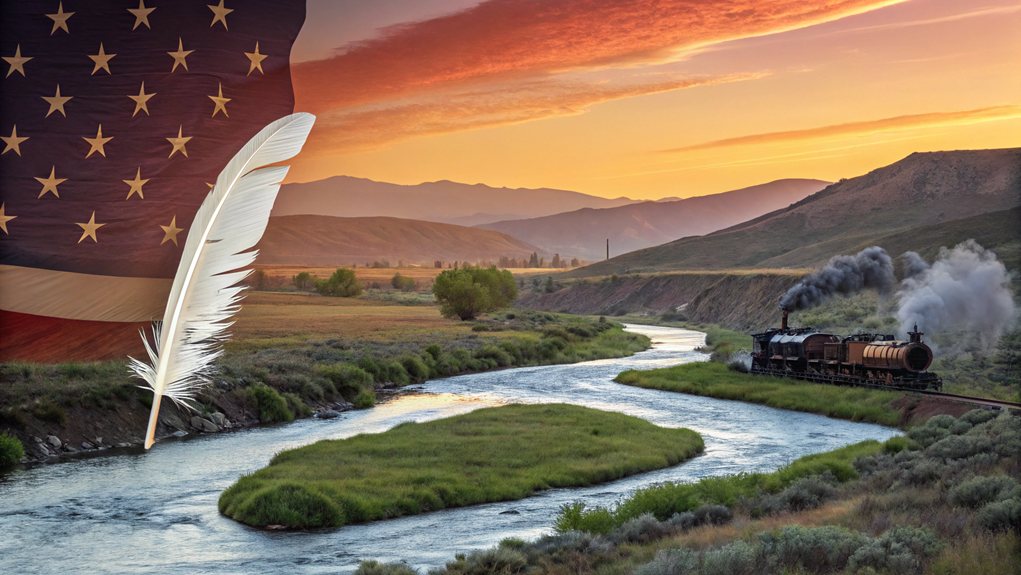


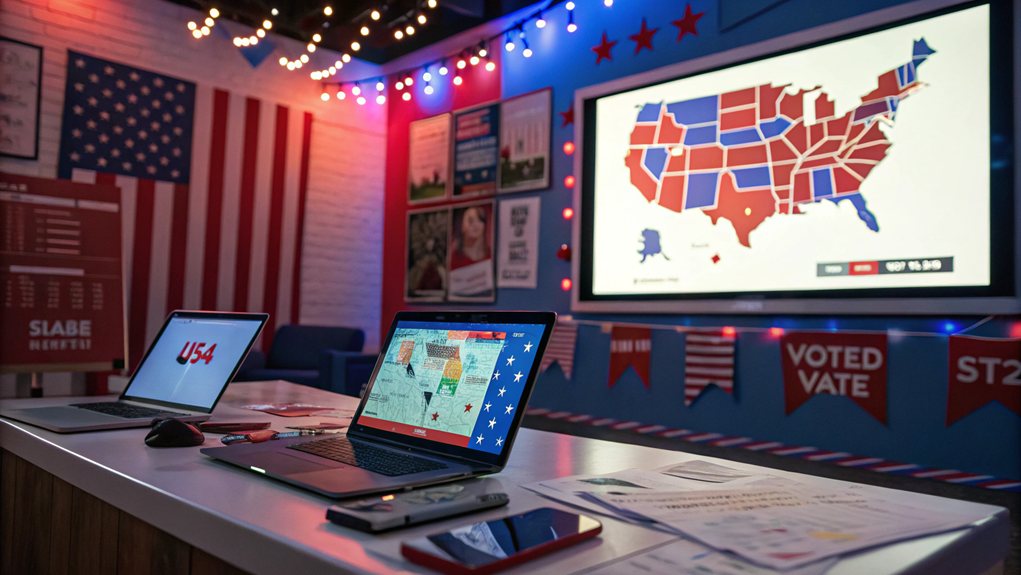
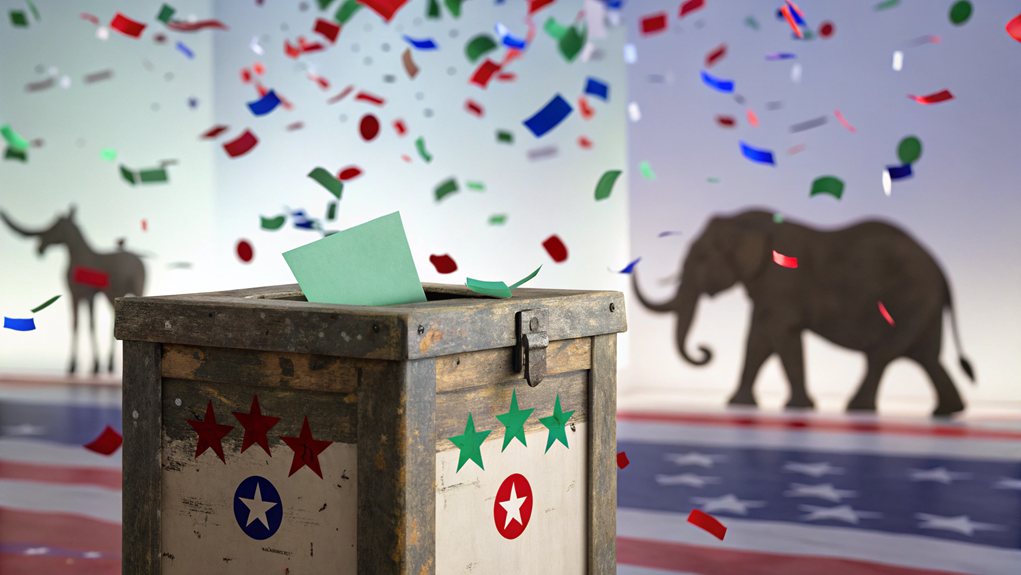
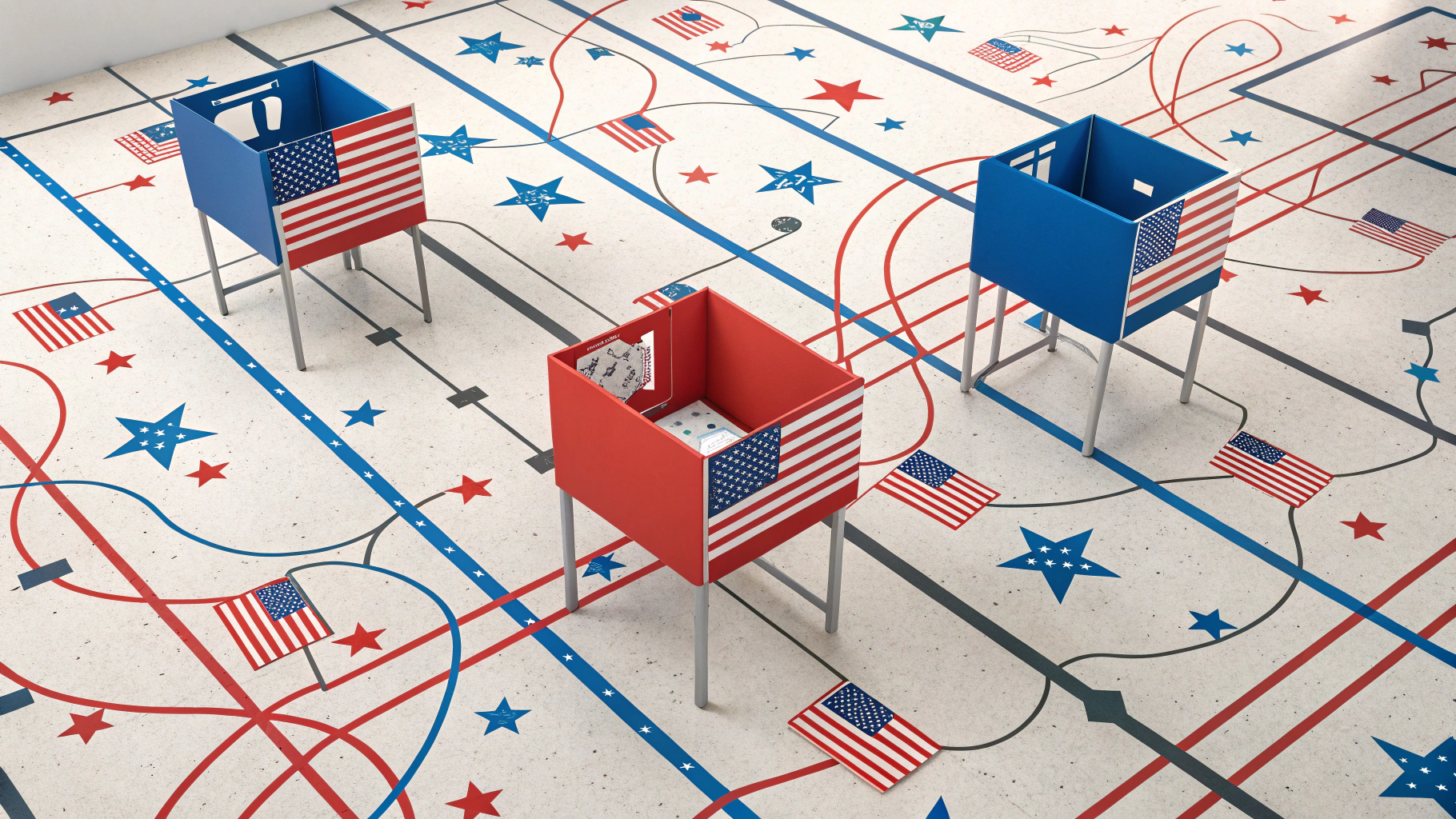

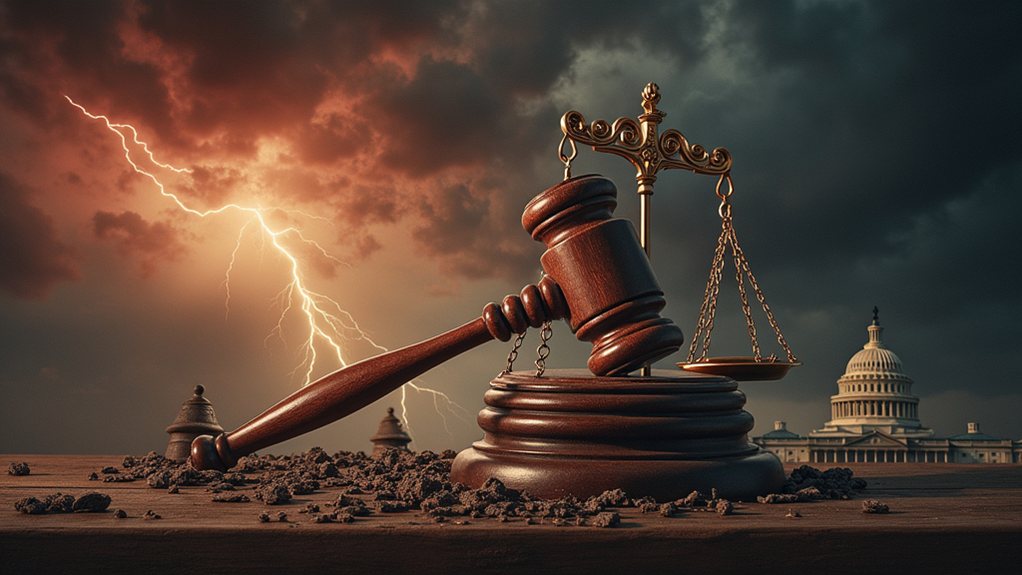

2 comments
Comments are closed.